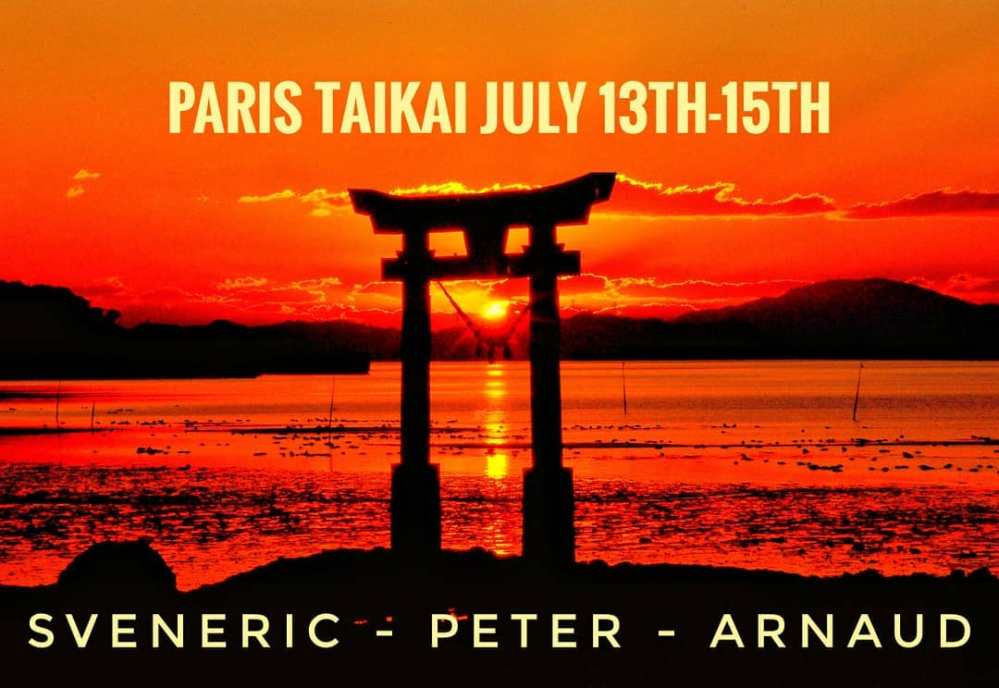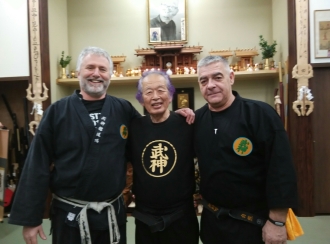Kesshin: Determination
From Shiro Kuma by kumablog
 During the past months, Hatsumi sensei has been insisting on not avoiding Uke’s attacks. He has been repeating it, each class since I arrived.
During the past months, Hatsumi sensei has been insisting on not avoiding Uke’s attacks. He has been repeating it, each class since I arrived.
Exploring more the concept of controlling the space from within (1), he said: “Don’t fight, but control. As you can see, I’m not dodging the attack.”
Last March, we covered the concepts of “Yokeru Janai” and “Tatakai wa Janai.” (2) (3)
You can read a few posts I wrote here about it.
If you do not avoid the attack and don’t fight then how do you expect to survive? I thought a long time about it last night with my friend Mister Jetlag. (4)
I came to the conclusion this is about determination, about your general attitude. (5) In the “Way He Walks,” I explained that Mutō Dori is the highest level of Taijutsu. It needs only one thing: perfect walking. When you “march” with confidence to the attacker, you create a space in which nothing yet is decided. Everything is possible. It is like “playing chicken” with the opponent, but not being concerned about the outcome.
There is a famous quote from Indian Chief Crazy Horse: “Today is a good day to die.” (6) This is the correct attitude to develop and nurture in training and to have on the battlefield. I often tell my students that as they wear the Yoroi on the battlefield, the risks are limited. They have to be more confident and don’t fear pain.
There is a paradox here because you will discover that the day you accept to be hit, you get hit less and less. Sensei even said once that “you have to fight with the yoroi, even if you have no yoroi.”
Determination gives you control over the space “within.” There everything is possible. Explaining a counter technique Sensei went even further. He said, “Create a space where you can create anything, but don’t necessarily do something.” Uke is not stupid, and he doesn’t want to die. So by not doing the obvious, you force him into “acting” instead of “reacting.”
“If the single-minded determination is absent, one will never advance regardless of the years in training… The technique has its place, but spiritual forging is far more important” Yamaoka Tesshū. (8)
________________________
1. Read the previous post on the kumablog HERE
2. Yokeru 避ける; to avoid physical contact with, to avoid a situation. Then “Yokeru Janai” means “do not avoid the attack.” HERE
3. Tatakai 戦い; battle; fight; struggle; conflict. Then “Tatakai wa Janai” means “do not fight or create a conflict.”
4. Some trips are like that, and your nights are endless and very short. But at least you have time to think.
5. Determination 決心; Kesshin
6. https://en.wiktionary.org/wiki/today_is_a_good_day_to_die
7. https://en.wikipedia.org/wiki/Yamaoka_Tessh%C5%AB
8. Yamaoka Tesshū: You can get his biography “The sword of no sword” at Amazon https://www.amazon.com/Sword-No-Sword-Master-Warrior-Tesshu/dp/1570620504…
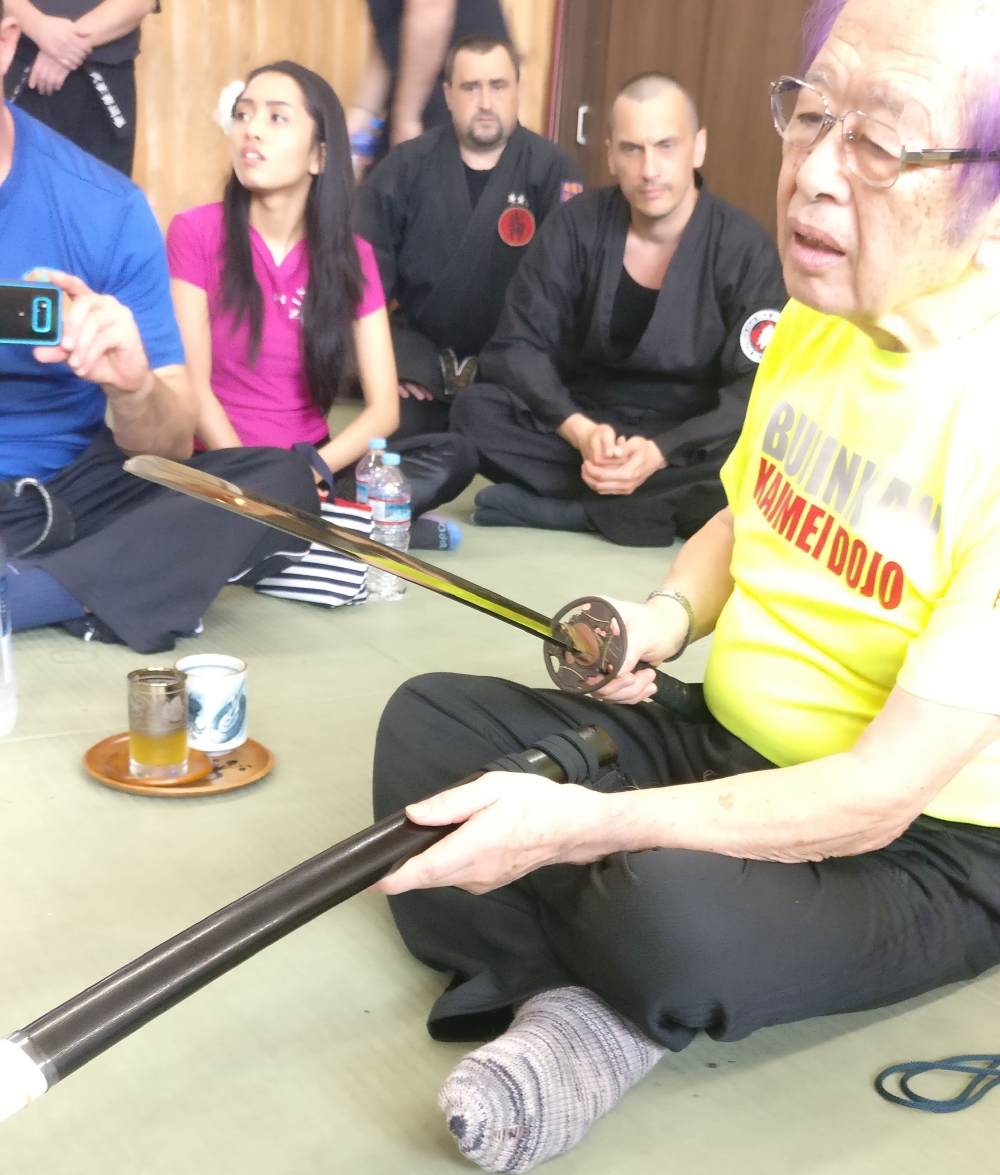
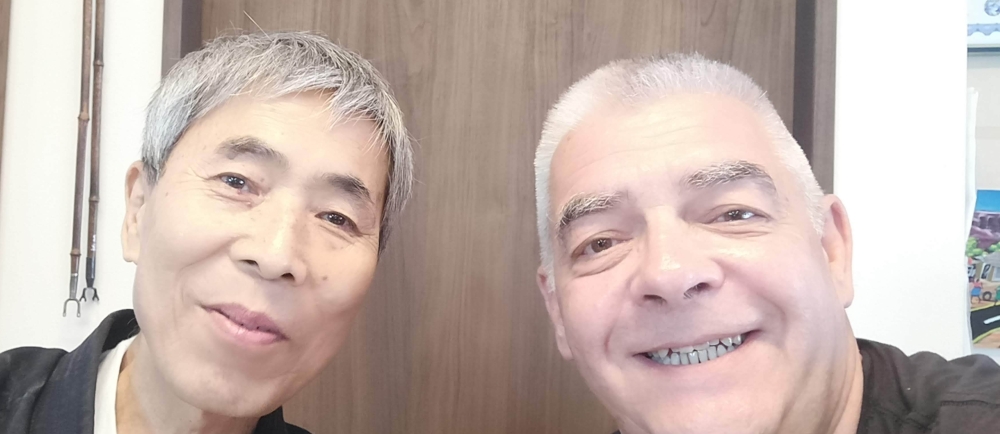
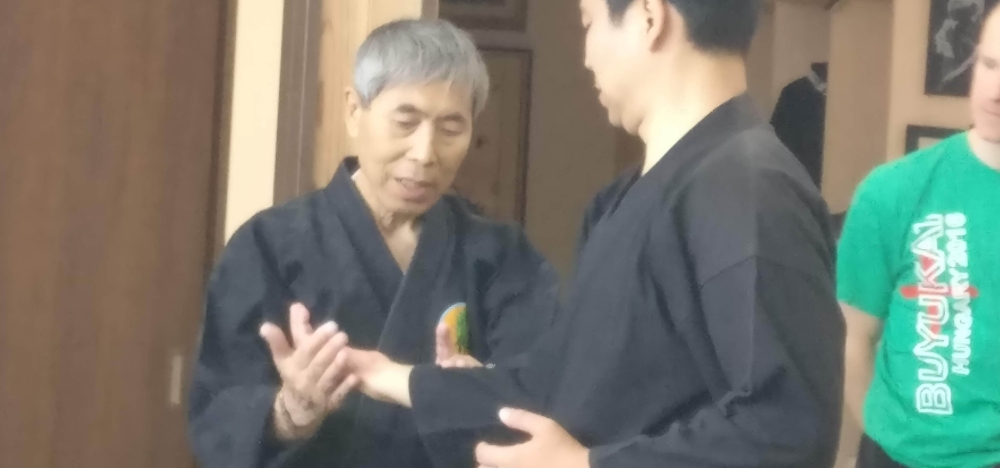
 When you train with Sōke, what is important is not what you see, but what you don’t. If you want to understand Sensei’s techniques, study the way he walks. This is the secret.
When you train with Sōke, what is important is not what you see, but what you don’t. If you want to understand Sensei’s techniques, study the way he walks. This is the secret.
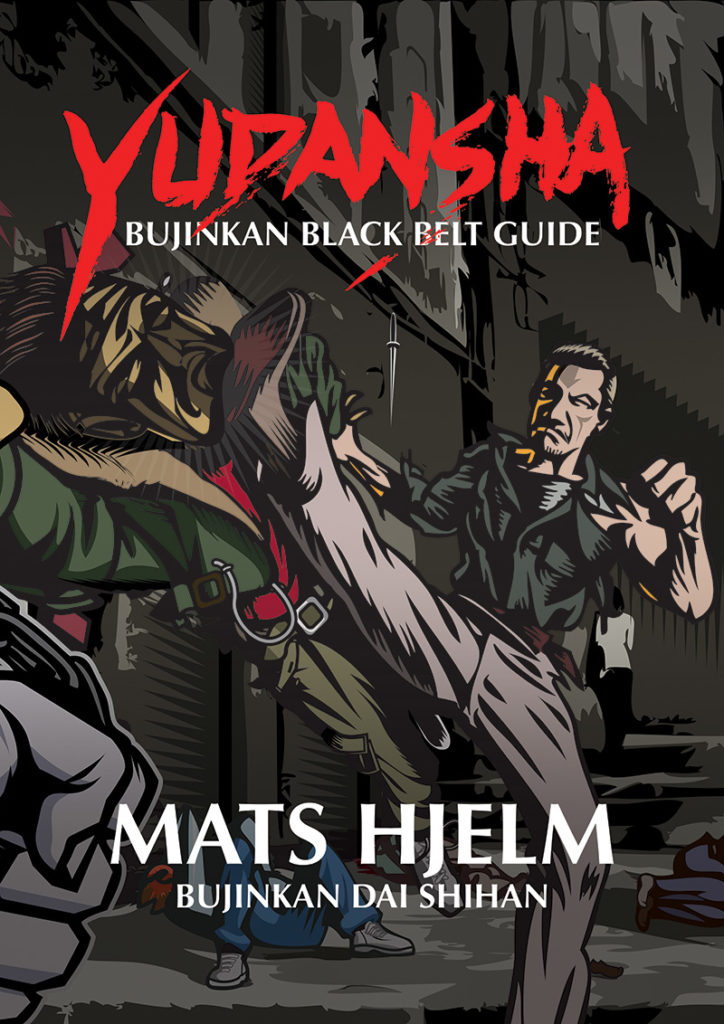 After you read the book, please give us a fair review of the book. Did you like it? What did you like? Didn’t you like it? Why didn’t you like it? Would you recommend it? Or just write anything you honestly think about the book. Also try to be helpful to other people judging wether to buy this book or not.
After you read the book, please give us a fair review of the book. Did you like it? What did you like? Didn’t you like it? Why didn’t you like it? Would you recommend it? Or just write anything you honestly think about the book. Also try to be helpful to other people judging wether to buy this book or not.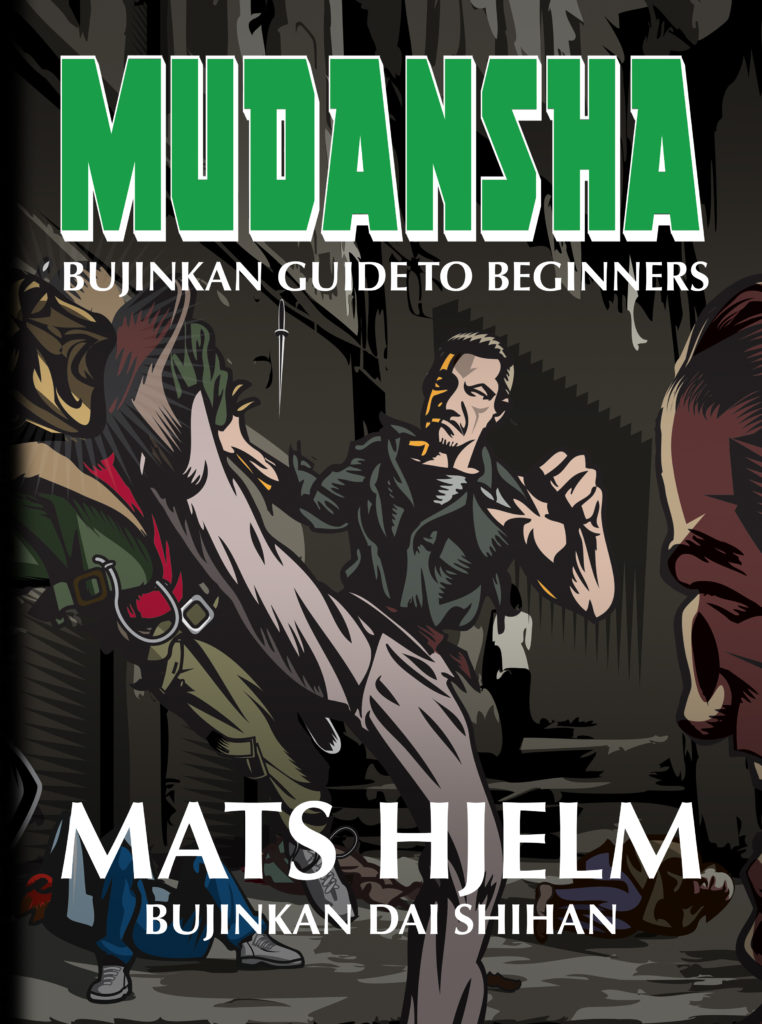 武神館無段者の案内所
武神館無段者の案内所
